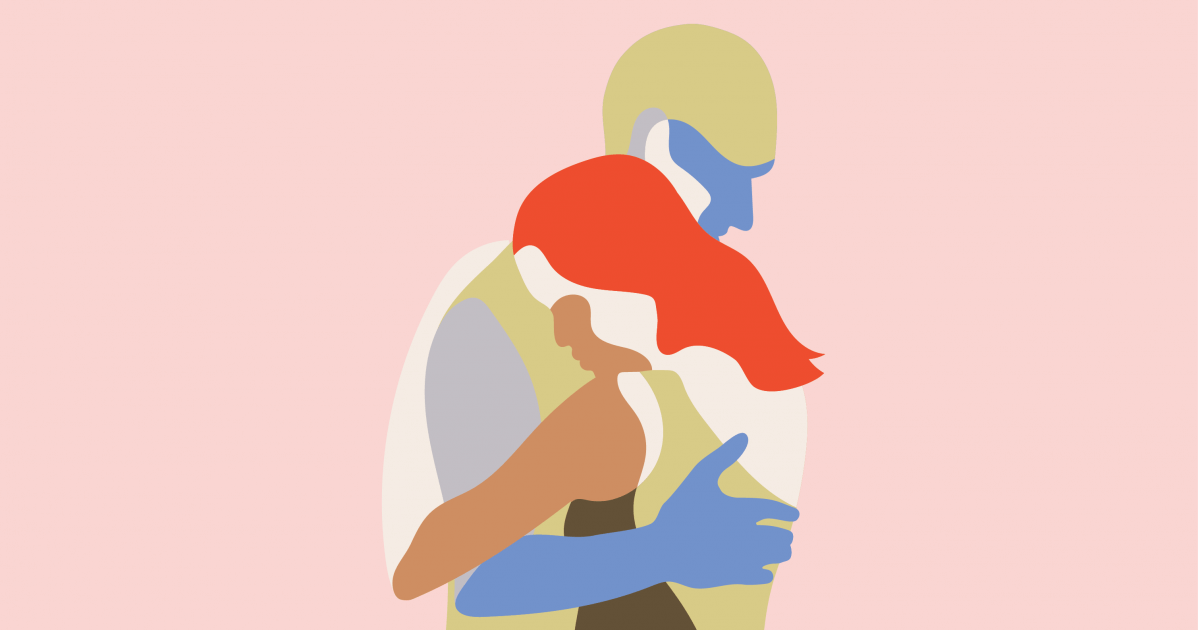A Family Faced with Cancer Again
- Julie Green is still grieving over the loss of her mother to brain cancer. But now she’s trying to support her father as he battle two brain tumors and a stage four lung cancer diagnosis.
- Symptoms of brain tumors are often caused by increased pressure in the skull. Symptoms may include headache, nausea, vomiting, blurred vision, balance problems, personality or behavior changes, seizures, drowsiness or even comas. It is important to note, however, that these symptoms are not exclusive to brain tumors.
- Lung cancer is the second most common type of cancer, and diagnosis/treatment of the disease can be tricky since symptoms often don't appear until the cancer has spread. Symptoms can include coughing, chest pain, unexplained weight loss, shortness of breath, wheezing, losing your voice, persistent infections like bronchitis or pneumonia or seizure.
Green’s mother, Diane, was diagnosed with a type of brain cancer called glioblastoma multiforme (GBM) in 2005 after struggling with migraines for months.
Read More“Mum was just 55 when she died,” Green said. “Her illness had a profound impact on all the family, as we had to provide round-the-clock care for her and quickly come to terms with her stark prognosis.”
Still coming to terms with life without her mother, Green has had to watch another parent face cancer. This time, it would be her 69-year-old father, John, when he was diagnosed with two brain tumors and stage four lung cancer in 2021 after a fall at home led to a trip to the hospital and scans.
Dr. Geoffrey Oxnard breaks down the basics of stage four lung cancer
“Dad was as fit as a fiddle before his diagnosis, so it was really difficult to comprehend,” Green said. “Unlike Mum, he'd had no symptoms whatsoever. Dad has taken it all in his stride but I wonder if he's just putting on a brave face sometimes.”
He’s currently undergoing chemotherapy which has affected his health, but “he's persevering for now.” Sadly, they won’t be able to operate on his brain tumors since they’re located at the top of his spine.
“He's now receiving palliative care but he remains very proud and independent, preferring not to have carers in to help him,” Green said.
Green and her father are taking everything one day at a time, but that hasn’t stopped Green from trying to make a difference. She’s even fundraised for Wear a Hat Day “to raise thousands of pounds to help fund our vital work to find a cure for brain tumours.”
“I’m unemployed, due to my disability, but I make a donation to brain tumor charities every year,” she said. “When I saw Wear A Hat Day advertised on Facebook, I decided to get involved, along with our 15-month-old cocker spaniel, Coco.
“On Saturday (March 26), I travelled the two miles from my home into town in my wheelchair to collect donations and talk to people about my reasons for supporting the cause.”
To visit Green’s fundraising page, visit: https://www.justgiving.com/fundraising/Julie-Green55
Understanding Brain Tumors
According to the American Society of Clinical Oncology (ASCO), brain tumors account for 85 to 90 percent of all primary central nervous system (CNS) tumors. The central nervous system consists of the brain and spinal cord and acts as the main "processing center" for the nervous system. Normal function of the brain and spinal cord can become difficult if there's a tumor present that puts pressure on or spreads into nearby normal tissue.
Can Cell Phones & 5G Cause Cancer? A Leading Brain Cancer Doctor Says "No"
There are many different types of brain and spinal cord tumors. Some are more likely to spread into nearby parts of the brain or spinal cord than others. Slow-growing tumors may be considered benign (non-cancerous), but even these tumors can cause serious problems.
General Symptoms of Brain Tumors
Symptoms of brain tumors, as a whole, are often caused by increased pressure in the skull. This pressure can be caused by tumor growth, swelling in the brain or blockage of cerebrospinal fluid (CSF), according to the American Cancer Society.
RELATED: What Is Bruce Willis' Shocking Diagnosis of 'Aphasia' And Could It Be Linked To Cancer?
General symptoms may include the following:
- Headache
- Nausea
- Vomiting
- Blurred vision
- Balance problems
- Personality or behavior changes
- Seizures
- Drowsiness or even coma
But it is important to note that these symptoms are not exclusive to brain tumors. Still, you should always consult with your doctor if any health problems arise.
Understanding Lung Cancer
Lung cancer, the second most common type of cancer, is the leading cause of cancer deaths for men and women in the United States.
Diagnosis and treatment of the disease can be tricky since symptoms often don't appear until the cancer has spread. An initial symptom, for example, could be as serious as a seizure if the lung cancer has already spread to the brain. But other symptoms can include increased coughing, chest pain, unexplained weight loss, shortness of breath, wheezing, losing your voice or persistent infections like bronchitis or pneumonia.
The two main types of lung cancer are non-small cell, which makes up 85 percent of cases, and small-cell. These types act differently and, accordingly, require different types of treatment.
Dr. Patrick Forde, a thoracic oncologist at Johns Hopkins Medicine, previously told SurvivorNet about how distinguishing between the two types and their subtypes could be very beneficial.
What Happens When You've Been Newly Diagnosed With Lung Cancer
"Within that non-small cell category, there's a subtype called non-squamous adenocarcinoma, and that's the group of patients for whom genetic testing is very important on the tumor," he explains. "Genetic testing is looking for mutations in the DNA, in the tumor, which are not present in your normal DNA."
Learn more about SurvivorNet's rigorous medical review process.


